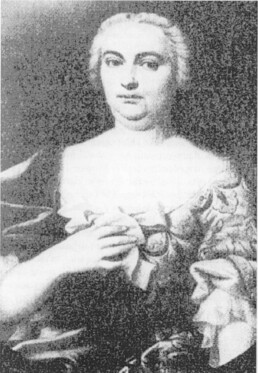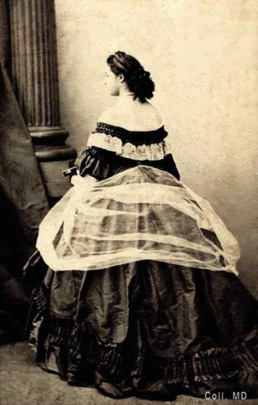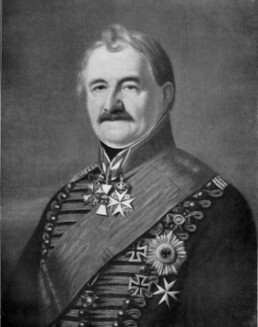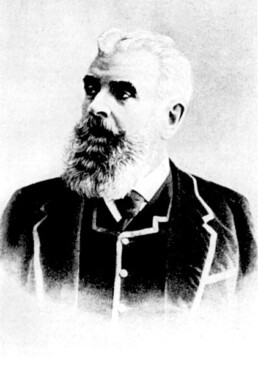Battle of Lützen, Where Karol Henckel Died
Seriously wounded, he died on May 7, 1813 in Dresden. He was temporarily buried in the Dresden church of St. St. John. At the behest of his wife, his body was moved to the castle chapel in Siemianowice. Eventually, his remains were buried in the crypt of the Church of the Blessed Virgin Mary in Bytom.
Maria Josepha Brunetti, the first wife of Karol Henckel
He was married twice: first to Maria Józefa Brunetti, then to Józefa Pestaluzzi di Grabadona. He left only children from his first relationship. Of these, Francis Louis and Lazarus III later ruled over Bytom. He died in Sopron and was buried in the local church of St. st. Michael the Archangel.
La Païva, Countess Henckel von Donnersmarck
La Païva, also known as Countess Henckel von Donnersmarck (1819–1884), is arguably the most famous of 19th-century French courtesans. Born Esther Lachman, she arrived in Paris aged 18 and was rapidly introduced to the city’s cultural and artistic circles by her lover, piano composer, and pianist, Henri Herz. This relationship gained her the friendship of many artists, including Richard Wagner, Hans von Bülow, Théophile Gautier, and Emile de Girardin.
She is a distant relative of Karol Henckel.
Karol Łazarz Henckel von Donnersmarck
Karol Henckel von Donnersmarck was part of the Henckel family von Donnersmarck. They were an Austro-German noble family. Karol, also referred to as Karl or Karole Donnersmarck was the youngest son of Baron Erdmann Gustaw von Donnersmarck and Baroness Rudolphina von Dyherrn.
Karol was wed to Countess Julia von Bohlen. Among their children was Guido Henckel von Donnersmarck (1830-1916), who would become a prince and industrial magnate.
Guido Henckel von Donnersmarck
From Breslau, Silesia, he was born to Karl Lazarus, Count Henckel von Donnersmarck (1772–1864) and his wife Julie, née Countess von Bohlen (1800–1866). When his older brother Karl Lazarus Graf Henckel von Donnersmarck died in 1848, his father transferred his numerous mining properties and ironworks in Silesia to Guido, who soon became one of the richest men in Europe.
Henckel had a sister, Wanda (1826–1907). In 1843, Wanda married Ludwig, Prince von Schönaich-Carolath. Friedrich von Holstein, Political Secretary to the German Foreign Office, claimed that the father of one of her sons was either a waiter or a coachman.
Peter Henckel de Quintoforo
In 1417, during the time of the Council of Constance, the Holy Roman Emperor and Hungarian King, Sigismund of Luxembourg, granted the three brothers Peter, Jakob, and Nicholas a coat of arms.
Sometimes referred to as Peter Henkel de Quintoforo, or as Henckel de Quintoforo.
Henckel de Quintoforo was also known as Peter von Quintoforo, or Peter Henkel von Quintoforo.





